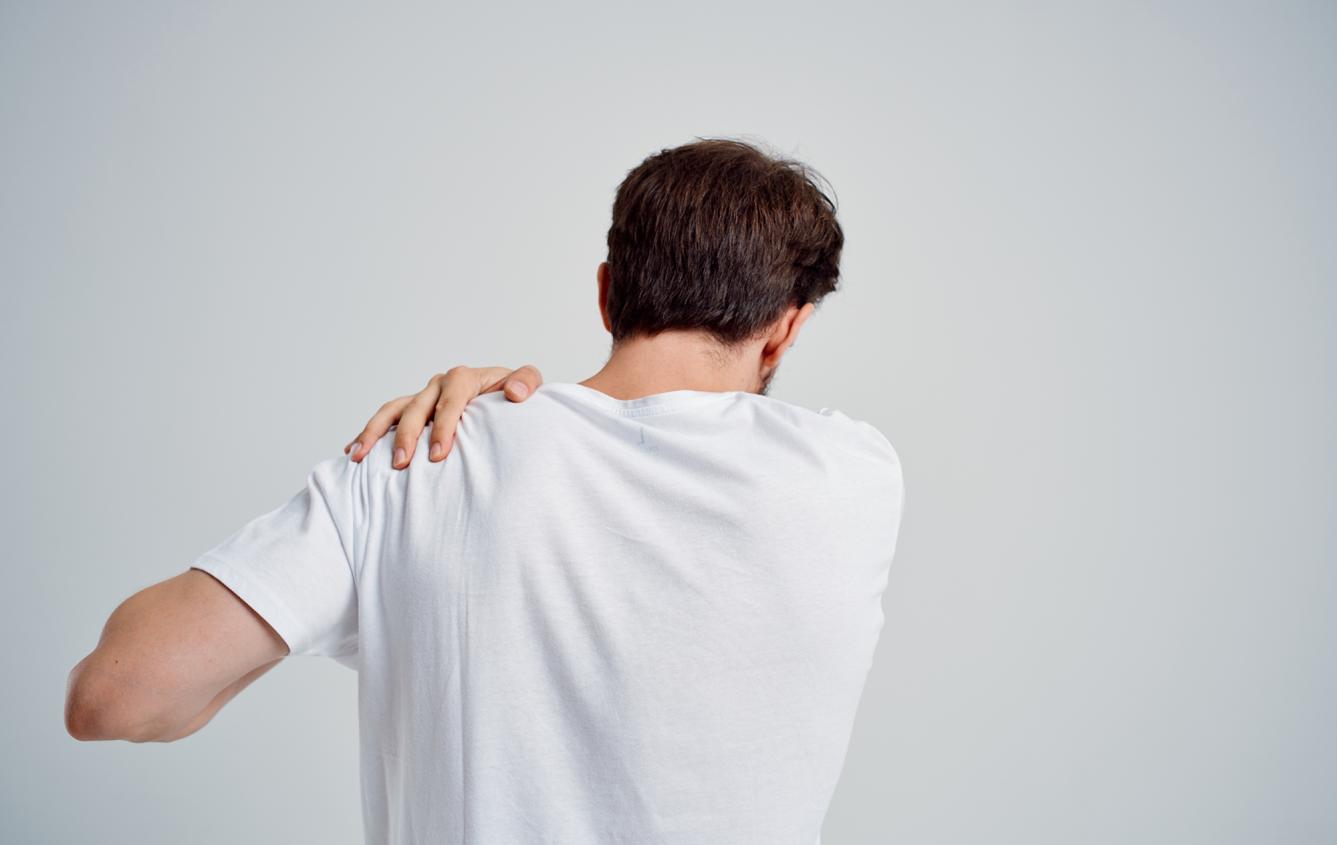
The rotator cuff is a name for the four tendons that surround and move the shoulder, which, together, form a uniform spherical structure around the shoulder.
Rupture of the rotator cuff surrounding the shoulder joint is a fairly common injury in people over 50 years of age. In working-age people, the cuff is slightly more easily injured, for example, in situations where the upper limb is extended under the body when falling. Another typical injury mechanism is a sudden jerk, for example, when grasping a railing when falling down a staircase.
Rupture of the rotator cuff symptoms
The most common disease-related causes of rotator cuff ruptures are the wear and tear effect of the rotator cuff impingement and the general tendon fragility and degeneration with inflammation. A rotator cuff tear can occur either accidentally or through gradual rubbing.
The rotator cuff tendons are flat and broad. In most cases, the rupture is a partial tear, which means that the shoulder can nevertheless be moved to some extent. Partial tears in either layer of the cuff also cause pain and discomfort. Often, these ruptures also require treatment.
Common symptoms of a rupture of the rotator cuff include painful movement restrictions in the shoulder joint, strain pain and pain during sleep. The pain is due to the fact that the joint, in a way, leaks joint fluid and causes inflammation of the mucous sac surrounding the shoulder joint. Radiating pain elsewhere in the arm is also common.
Lifting the upper arm to the upper position is especially difficult or even impossible. If there is a large tear in the rotator cuff or if the tendon is completely broken, it may not be possible to lift the upper arm from the side.
Treatment of a torn shoulder rotator cuff
The aim is to treat the rupture primarily with medication or cortisone injections, but if the ailments persist, surgery may also be required.
When preparing an operation plan, a regular X-ray examination is of little use, as this is soft tissue. Only an ultrasound examination of the shoulder joint, and, in particular, a contrast medium examination, reveals the ruptures. Magnetic resonance imaging also provides an indication of the health of the shoulder joint and the surrounding joint capsule.
In certain situations, consideration must be given to whether surgical treatment is appropriate. If the tendon has been torn for a long time, it may be so weak and fragile that it can no longer be brought into place and attached properly. Then, physiotherapy and necessary pain medication may help. You can sometimes try a “cleaning out operation” that helps with pain symptoms. However, it is unlikely that it will help with the movement of the shoulder joint.
Treatment of a shoulder rotator cuff rupture with surgery or arthroscopy
If surgical treatment is selected, the torn tendon is attached back to the surface of the humeral head with so-called suture anchors. The suture anchors are titanium or bioabsorbable screws with high-strength sutures attached to them. With the help of the sutures, the torn tendon is “sutured” back onto the bone surface.
After surgery, the shoulder joint should not be moved immediately, so that the tendon can heal and will not be detached. The upper point of the acromion is also frequently shaved to provide space for arthroscopic fixation and to prevent the sharp front edge from rubbing against the sutured area. The operating time of an arthroscopic rotator cuff repair is 1–1.5 hours, depending on the size of the tear.
Anesthesia is usually a combination of general and local anesthesia. The patient usually returns home on the same day.
Post-treatment after a shoulder surgery
After rotator cuff suturing, an arm sling must be worn for approximately 4 weeks, depending on the case. The upper arm can be gently moved into the outer and inner circulation and rotational movements can be made if the pain allows this.
Sick leave is usually granted for 2–3 months, depending on the physical strain of the job. For example, you can return to office work after two months, but you cannot return to work as an agricultural entrepreneur until three months have passed from the surgery. During the six weeks following the operation, the hand should be used and moved very carefully, and rehabilitation must be carried out according to the instructions of a physiotherapist.
It is usually possible to return to sports about 3–4 months after the operation. Hanging and strong throwing movements are only allowed about six months after the operation.